Japanese cars often get overlooked in discussions of high-end or aggressively styled vehicles. While European brands are praised for luxury and American or Italian cars for bold aesthetics, Japanese cars are sometimes dismissed due to their quirky or understated designs.
However, beneath these modest exteriors lies the real strength: their engineering. Japan has developed some of the most innovative, durable, and performance-driven engines globally.
Lightweight, reliable, and power-efficient, Japanese engines have become a cornerstone of car tuning and track performance. This article explores what makes JDM engines exceptional, how to obtain and use them, and the top 13 engines worth considering.
Every car-producing nation has a design philosophy that reflects cultural, economic, and environmental priorities. American engines typically feature large displacements and prioritize straight-line speed with V6 or V8 powerplants.
European engines are focused on fine-tuned responsiveness and fuel efficiency, especially under stringent emissions laws. Japanese engines, however, are shaped by tax laws and regulations like “shaken,” which penalize high-displacement, heavy vehicles.
These legal regulations have driven Japanese manufacturers to create smaller, lighter engines that still produce impressive power, emphasizing a refined balance of efficiency and performance over sheer strength or unnecessary complexity.
To compensate for engine size restrictions, Japanese automakers employ creative technologies. Turbocharging is common, boosting performance by forcing air into the engine for a more explosive combustion cycle.
High-revving engines generate horsepower from RPMs rather than torque, offering exciting acceleration. Variable valve timing systems like VTEC (Honda) and VVTL-i (Toyota) optimize engine performance across a wide rev range.
Add lightweight materials and a minimalistic chassis design, and you get vehicles that outperform heavier rivals. These technological adaptations allow even a modest 1.6L engine to hold its own against much larger competitors on track or street.
Japanese engines have gained legendary status among car enthusiasts and tuners. Their compact size and lighter weight make them ideal for engine swaps and performance builds.
The aftermarket support for JDM engines is massive, with readily available parts, mod kits, and detailed community guides. These engines are not just reliable—they’re highly upgradable.
Tuning potential, especially with forced induction, allows JDM engines to exceed factory specs by a huge margin. Combine this with their affordability and availability in global grey markets, and you have the perfect recipe for building custom track monsters or unique street machines.
1. CA18DET: Compact Yet Mighty
Nissan’s CA18DET may only be a 1.8L turbocharged inline-four, but it punches above its weight. Producing 166 horsepower stock, it excels at high RPMs and responds exceptionally well to tuning.
Featuring an aluminum head and ECCS fuel injection, this engine provides a strong foundation for modification. With simple upgrades like larger injectors, better airflow components, and ECU tuning, the CA18DET can push out close to 300 horsepower.
Though overshadowed by its successors, it remains a favorite for enthusiasts seeking a lightweight, responsive platform for performance builds. It’s especially popular in Silvia S12 and 200SX swaps.
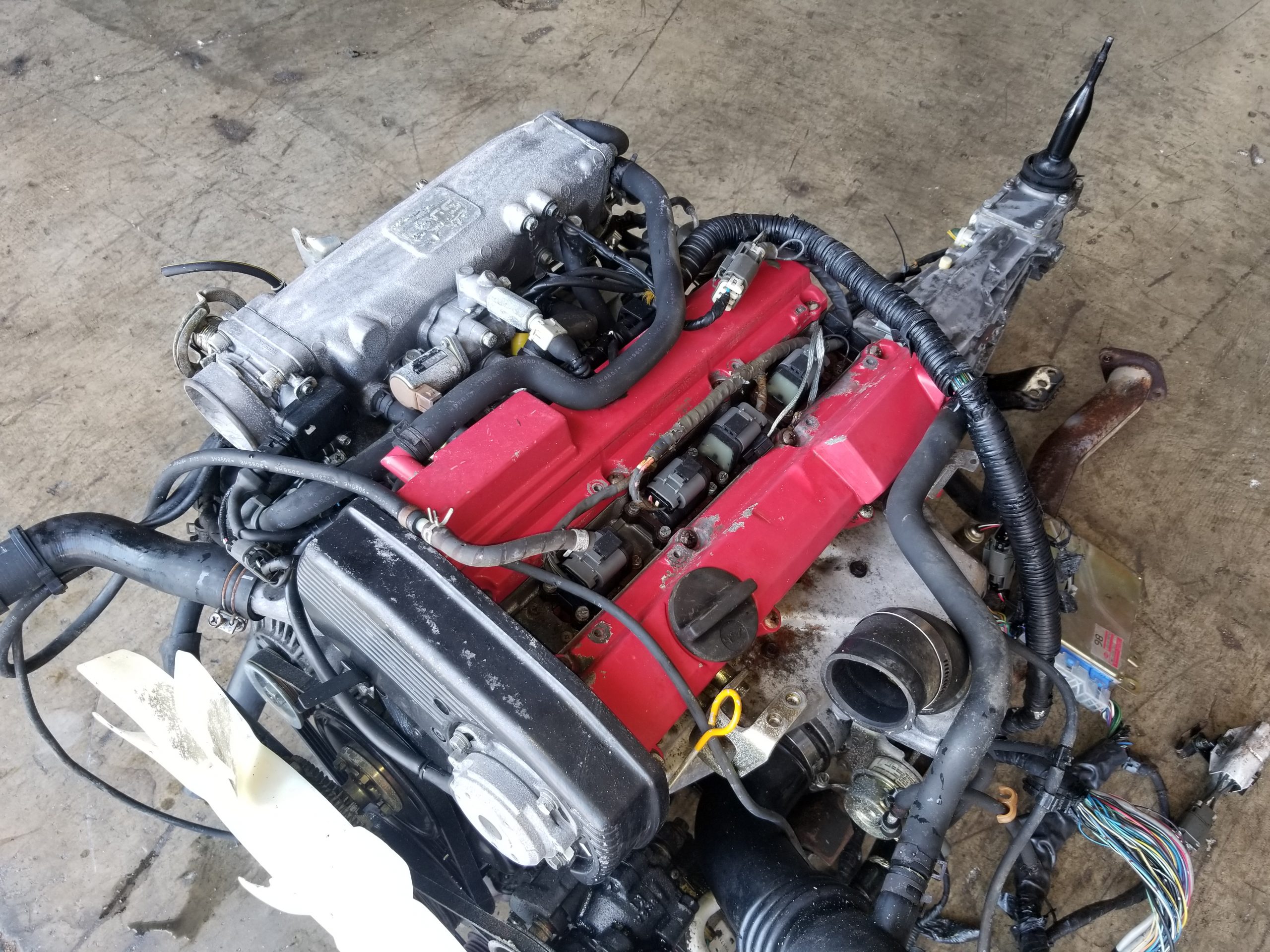
2. SR20DE: Reliability Over Raw Power
The naturally aspirated SR20DE is one of Nissan’s most widely used engines, powering everything from the Sentra to the Silvia. Though not turbocharged, its 2.0L inline-four design offers solid performance and legendary reliability.
Producing around 200 horsepower, it’s suitable for budget builds, daily drivers, or anyone new to engine swaps. Its ubiquity ensures abundant spare parts and a large support community.
While it lacks the punch of a turbo variant, the SR20DE shines with consistency and ease of maintenance. It’s an ideal platform for those who prioritize dependability and low-cost modification paths.
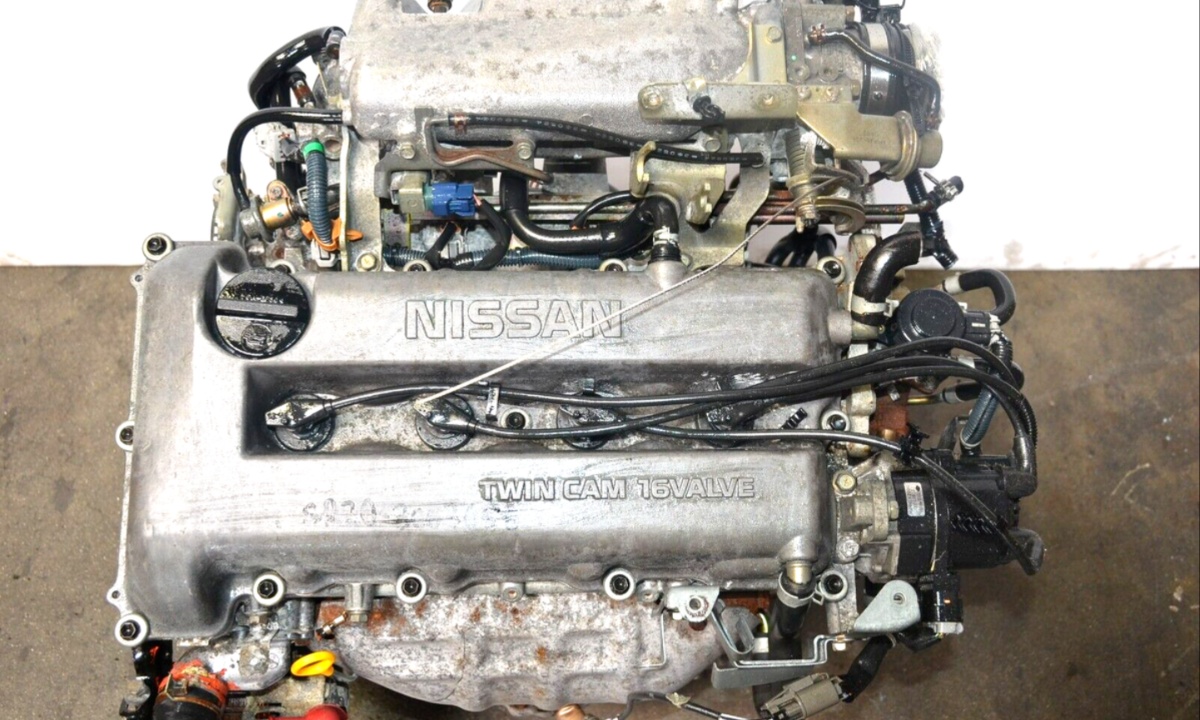
3. VK45DE: The Rare V8 Gem
Nissan’s VK45DE is a 4.5L V8 that offers a torque-rich alternative to Japan’s usually smaller engines. Used in models like the Infiniti Q45 and Super GT racecars, it’s a robust engine with significant potential. It’s also unique because V8s are rare in the JDM world.
Despite its power, aftermarket support is limited, making it a challenge for DIY builds. Yet, for those who embrace the learning curve, the VK45DE can be a beast. Its motorsport pedigree, including a Le Mans podium finish, proves that this engine can handle extreme performance conditions when built right.

4. 6G72TT: A Global Powerhouse
Mitsubishi’s 6G72TT is a twin-turbocharged V6 engine with a storied history across multiple continents. Found in vehicles like the Mitsubishi GTO and even the Chrysler LeBaron, it proves Japan’s ability to produce versatile, powerful engines.
With up to 320 horsepower stock and built-in turbochargers, it offers a potent combination for performance projects. Despite its unconventional use in cross-branded vehicles, its strength lies in its adaptability and endurance.
Enthusiasts appreciate the 6G72TT’s ability to be tuned further while retaining reliability, making it a solid choice for those looking to build a high-horsepower street or drag car.

5. 1UZ-FE: The V8 With a Fanbase
Toyota’s 1UZ-FE is another V8 standout, originally used in the Lexus LS400. Unlike Nissan’s VK45DE, this engine boasts a massive community and aftermarket support. Tuners appreciate its forged internals and compatibility with bolt-on mods. Despite being a luxury-focused engine, it’s become a staple in drift and race scenes.
Its ability to handle superchargers, nitrous, or turbo builds with ease makes it extremely desirable. Best of all, the 1UZ-FE is affordable and accessible, offering a unique V8 swap for those who want power and customization without straying from the JDM brand ethos.

6. 13B-REW: Rotary Legend
Mazda’s 13B-REW is the lone rotary engine on the list, defining the Mazda RX-7’s legendary status. It uses a twin-rotor, twin-turbo design to generate 255 horsepower stock and delivers an incredible sound at high RPMs. While compact and lightweight, it’s not for beginners. Rotary engines require specialized knowledge and maintenance.
However, enthusiasts swear by its potential—tuned versions can exceed 340km/h top speed. Its unconventional layout and responsive nature make it a favorite among those seeking something different. While complex, it remains one of Japan’s most iconic engines due to its uniqueness and performance capabilities.
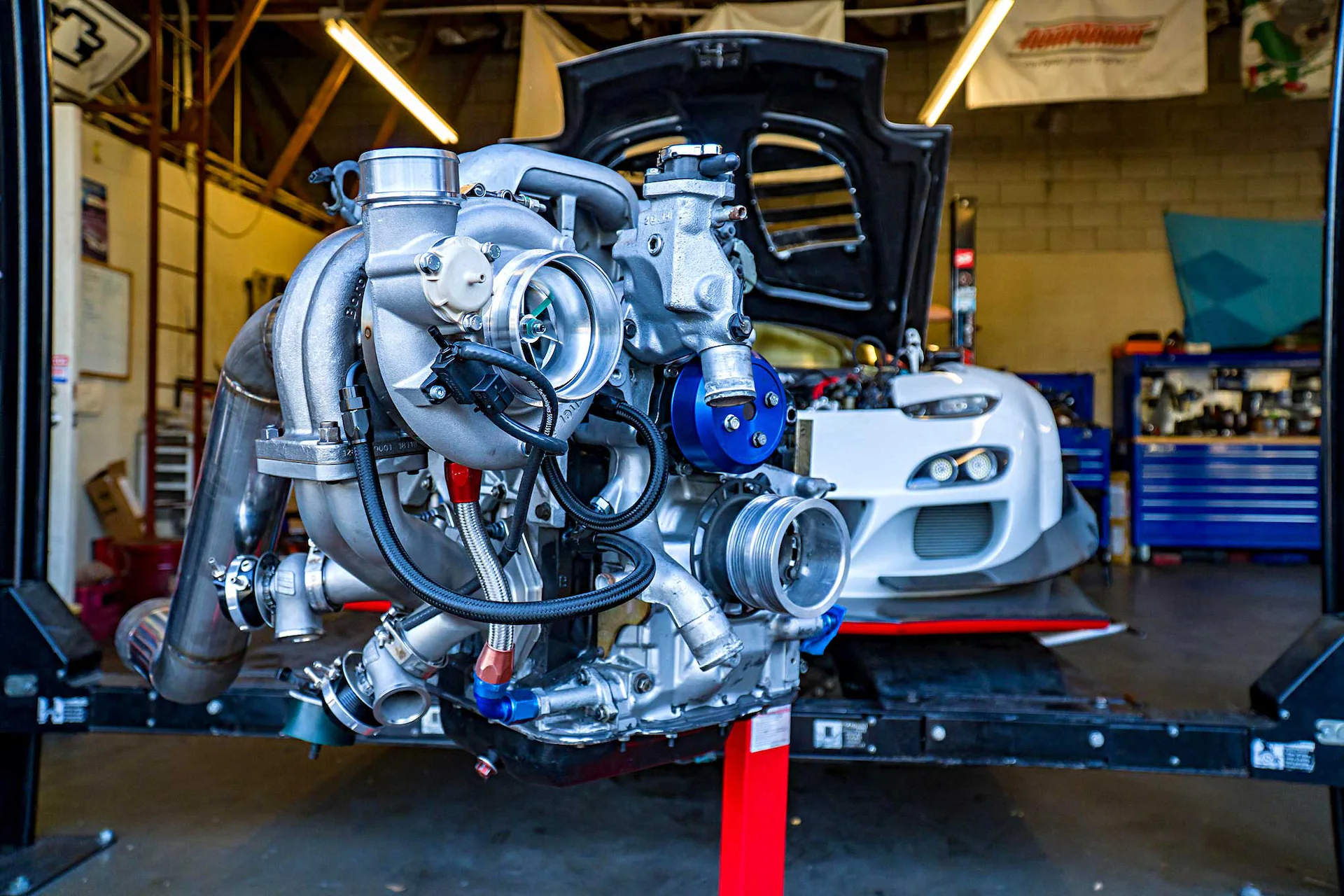
7. RB26DETT: Godzilla’s Heart
The RB26DETT is the powerhouse behind the Nissan Skyline GT-R, widely known as “Godzilla.” With 316 horsepower stock and immense tuning potential, it’s a dream engine for serious builders.
Its forged internals and cast-iron block make it nearly indestructible, capable of handling extreme boost and track abuse. However, its legendary status has driven up prices and decreased availability.
Many used RB26DETTs are in poor condition due to overuse or neglect. Still, if properly maintained or rebuilt, few engines can match its combination of power, reliability, and street cred. It remains one of the most coveted JDM engines today.

Also Read: 10 Best Cars That Balance Horsepower With Long-Term Value
8. K20A: The Tuner’s Favorite
Honda’s K20A may lack forced induction, but its naturally aspirated brilliance can’t be ignored. At 2.0L and 221 horsepower stock, it’s a high-revving masterpiece that benefits immensely from VTEC technology. Thanks to a massive online community, it’s easy to find mods, swaps, and turbo kits.
Tuned K20As can reach up to 1000 horsepower, making them a favorite in everything from Civics to Lotus Elise swaps. Its small size and robust construction make it easy to work with and surprisingly powerful. For tuners wanting big returns from a lightweight engine, the K20A delivers in spades.
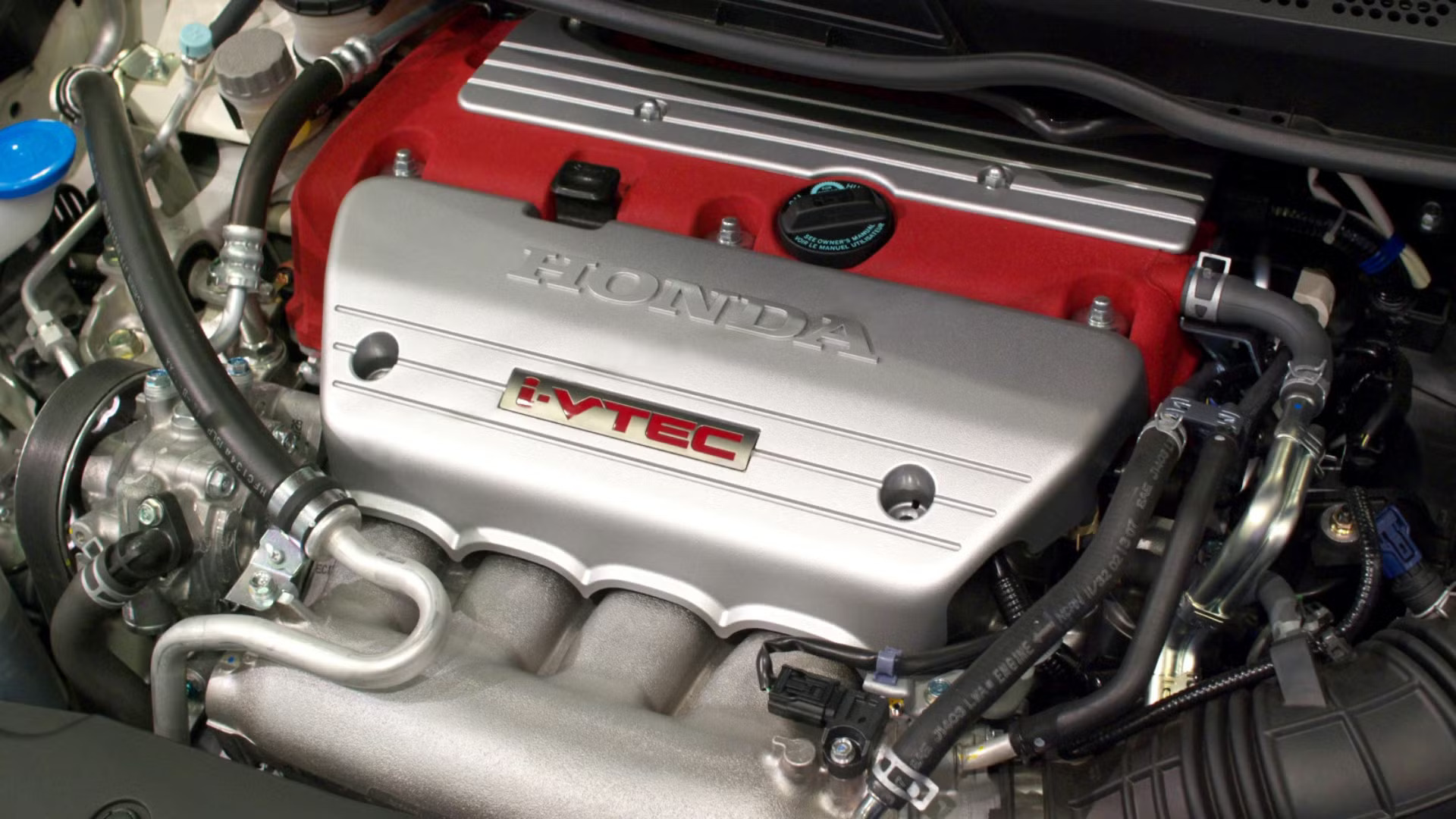
9. B18C: Budget Beast
The B18C is another Honda gem, offering solid performance at a lower price point than the K20A. Producing 178–200 horsepower stock, depending on the variant, it’s beloved for its high-revving nature and tuning potential. This 1.8L engine is ideal for budget-minded builders aiming to hit high speeds without breaking the bank.
Its compatibility with bolt-on turbo kits means it’s possible to create a track monster for a fraction of the price of more famous engines. It’s featured in some of the fastest Hondas ever built, proving that displacement isn’t everything when it comes to raw speed.

10. EJ20: Subaru’s Boxer Legacy
Subaru’s EJ20 boxer engine is distinct for its horizontally opposed layout, offering a low center of gravity and smoother operation. Available in both turbo and non-turbo variants, the EJ20 powers vehicles like the WRX and Legacy.
This engine thrives in rally and hillclimb environments, proving its mettle on twisty roads rather than straight tracks. Stock models are reliable, while heavily modified versions can exceed 800 horsepower.
The EJ20’s unique sound, sturdy build, and rally history make it a beloved option. Though often overshadowed by inline engines, the EJ20 holds a special place in JDM lore for fans of AWD performance.
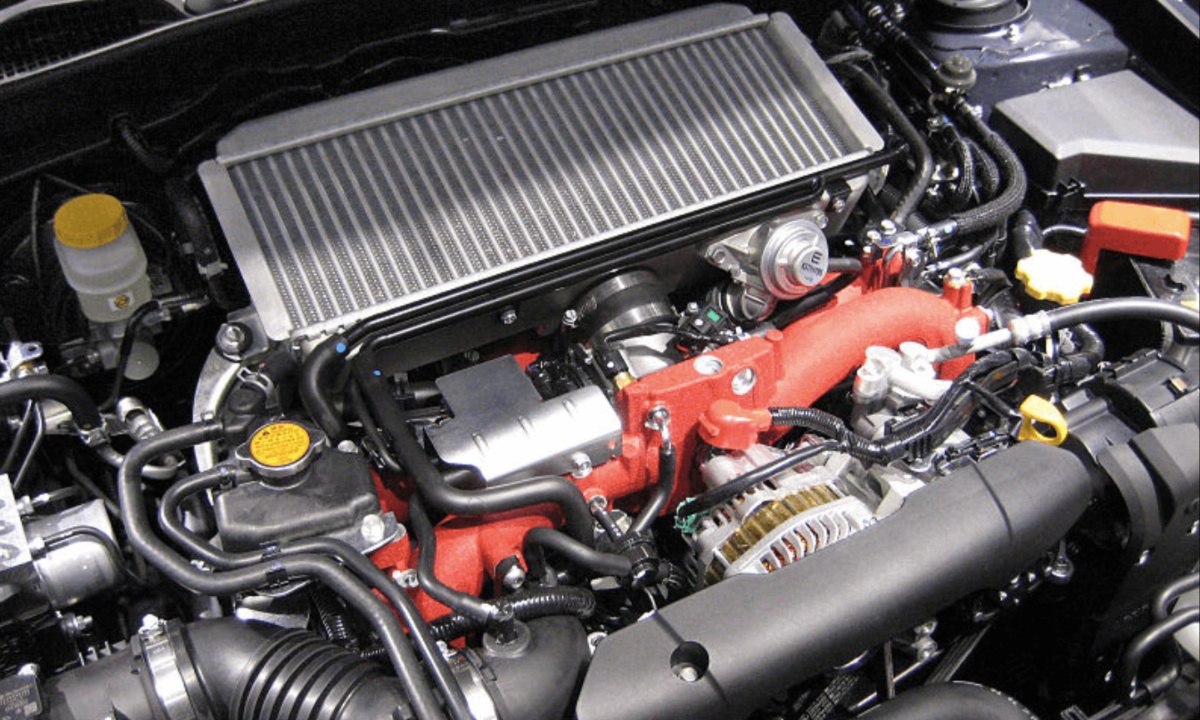
11. 4A-GE: Small But Significant
Toyota’s 4A-GE might not win drag races, but it wins hearts. This 1.6L inline-four engine was a staple in the legendary AE86 and became a cult favorite due to its high-revving capabilities and reliability. Producing around 128 horsepower, it thrives in lightweight chassis where handling is prioritized over raw speed.
Its ease of modification and extensive knowledge base make it perfect for DIY enthusiasts. Though not the most powerful, it represents JDM spirit through its fun, simplicity, and long-standing motorsport heritage. For a touch of nostalgia and excitement, the 4A-GE remains a beloved choice.

12. 4G63T: The Monster from Mitsubishi
The 4G63T engine from the Mitsubishi Lancer Evolution is a turbocharged inline-four beast. Producing up to 300 horsepower stock and much more with mods, it’s a dominant force in drag and rally circuits. Extreme builds have hit 2000 horsepower, outpacing hypercars in straight-line performance.
Reliable and tunable, it’s known for withstanding heavy abuse. Enthusiasts prize its durability, boost-hungry design, and plentiful aftermarket options. It’s one of the most upgrade-friendly engines in the JDM universe. Whether you’re building a track star or drag monster, the 4G63T stands as one of Japan’s most fearsome creations.
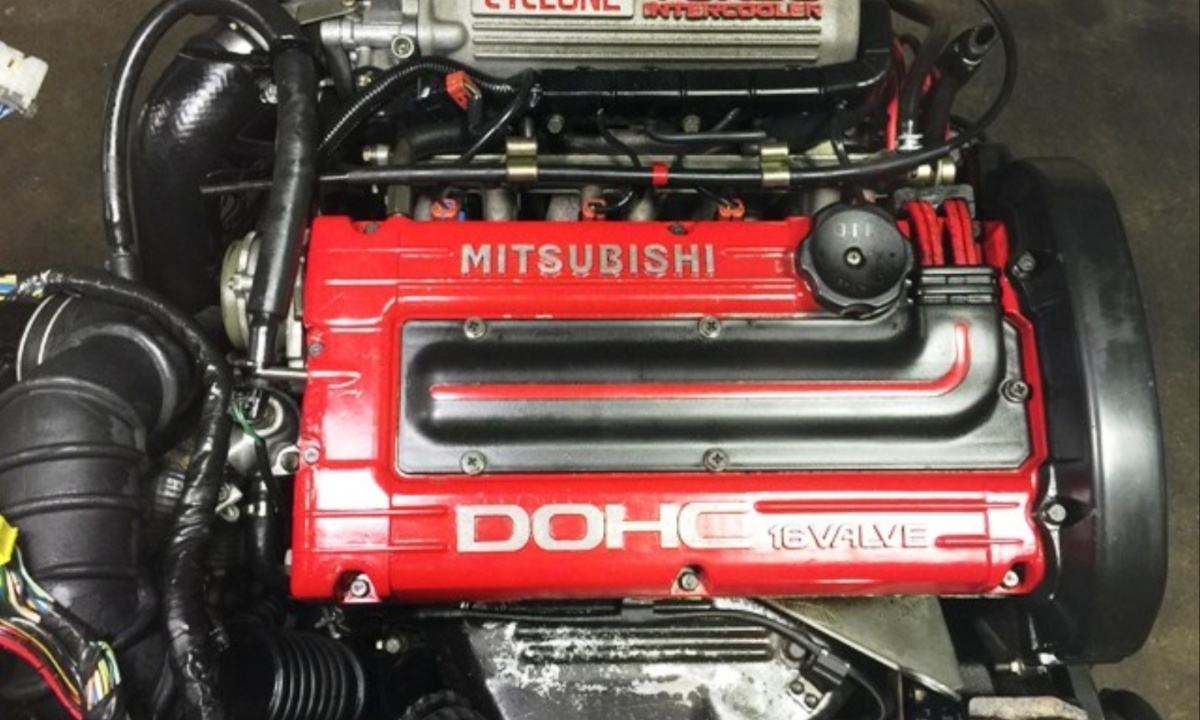
13. SR20DET: The JDM King
Topping the list is the SR20DET, a turbocharged sibling to the SR20DE. This 2.0L inline-four engine embodies everything great about JDM performance: power, reliability, and versatility.
It powered icons like the 180SX and Pulsar GTi-R and remains a top swap option. The aftermarket support is massive, with everything from bolt-on kits to full turbo upgrades readily available. With proper tuning, it can exceed 500 horsepower.
Though expensive and rare, especially outside Japan, it’s considered one of Nissan’s greatest creations. The SR20DET is the ultimate example of how smart engineering can turn a compact engine into a world-class performer.
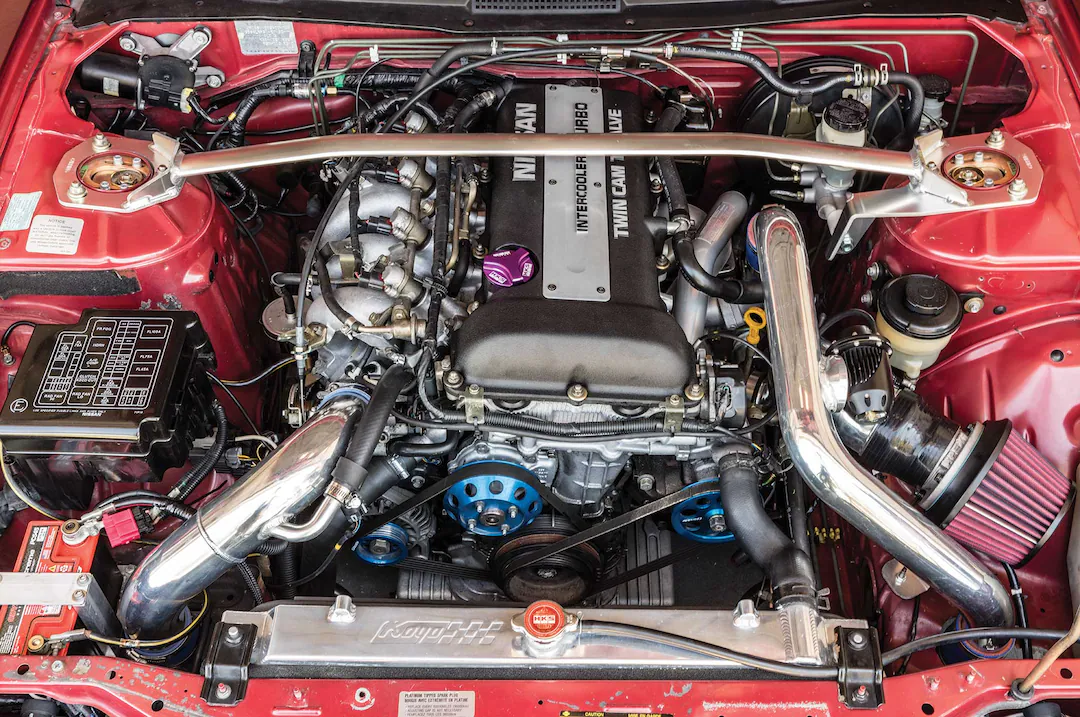
JDM engines prove that you don’t need massive displacement or flashy styling to dominate on the road or track. Through precision, innovation, and smart design, Japanese manufacturers have created some of the most respected engines in automotive history.
These engines offer incredible versatility, reliability, and a vibrant enthusiast community to support any project. Whether you’re looking for high-revving NA fun or turbocharged torque monsters, there’s a JDM engine for your goals.
Beyond numbers and specs, these engines represent a culture of ingenuity and passion. For many, building with a JDM heart is more than just mechanics—it’s a statement.
Also Read: 10 Best and 10 Worst Cars for Cold Climates & Harsh Climate

